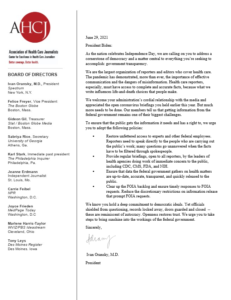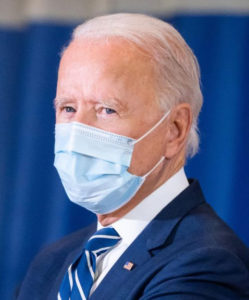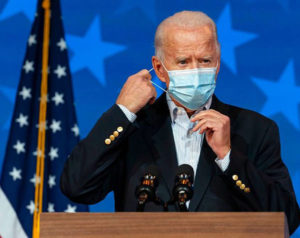Tag
Biden
-
Will Biden follow his experts’ advice for reducing medical errors?
Takeaways for journalists from the White House advisory committee’s recommendations to improve patient safety.

-
Conflicting state and federal abortion laws put pregnant patients, physicians and hospitals at risk
Physicians treating pregnant women/people needing emergency medical care are wrestling with how to comply with what’s been called the bedrock…

-
Biden’s bid for a nursing home vaccine mandate faces obstacles
EDITOR’S NOTE: This is the second in a series about the Biden Administration’s efforts to increase COVID-19 vaccination rates among…

-
•
A July 4 appeal to President Biden: Let the sun shine in!
AHCJ has called on President Biden to honor Independence Day by turning his attention to improving government transparency, “a cornerstone…

-
Mental health advocates pressing for swifter White House action
Here are just a few of the mental health initiatives that the Biden Administration appears poised to pursue, according to…

-
Biden’s executive orders reopen ACA exchanges, initiate review, amid pandemic
President Biden took a big step to aid those who have lost their jobs during the pandemic and their employer-sponsored…

-
Biden releases national strategy intended to beat COVID-19 pandemic
On Jan. 21, President Biden published a 200-page national plan for combating the COVID-19 pandemic and preparing for the next…

-
President-elect Biden announces nominations to health care team
President-elect Joe Biden’s health care leadership team is coming into focus. Biden announced the nomination of California Attorney General Xavier…

-
How Biden can address health care reform ― without the Senate
In my last post, I addressed President-elect Joe Biden’s proposals for expanding the Affordable Care Act and the slim likelihood…

-
Biden’s health plan likely to travel a rough road in the Senate
President-elect Joe Biden has an ambitious plan to build upon the Affordable Care Act, in effect evolving “Obamacare” into “Bidencare.”…










